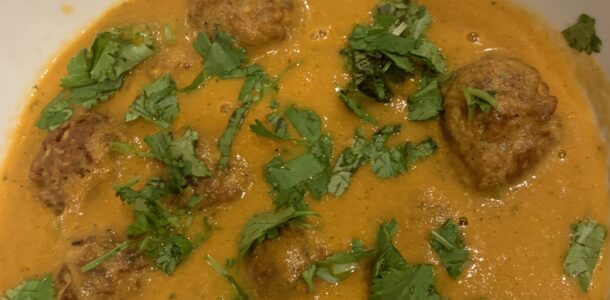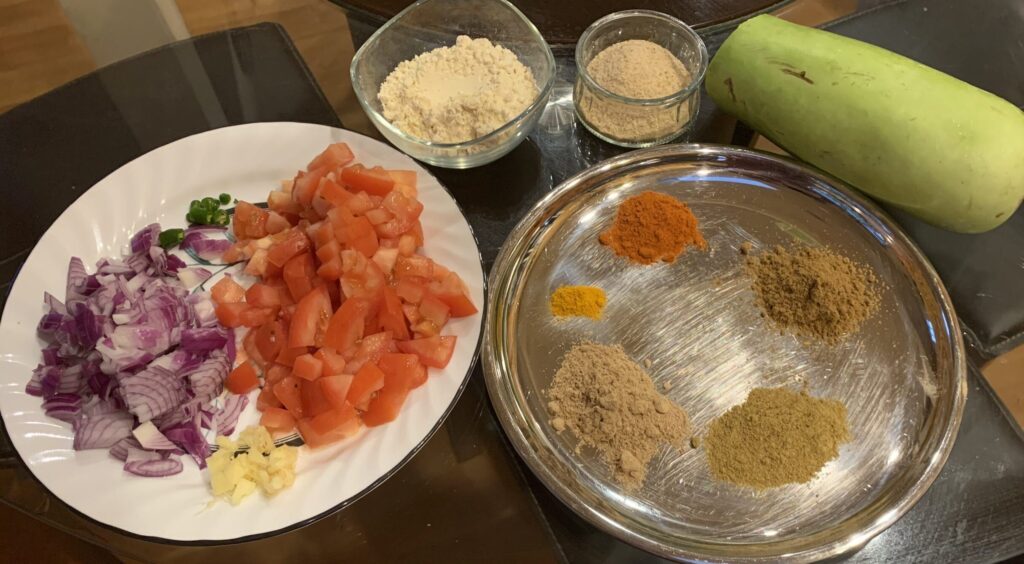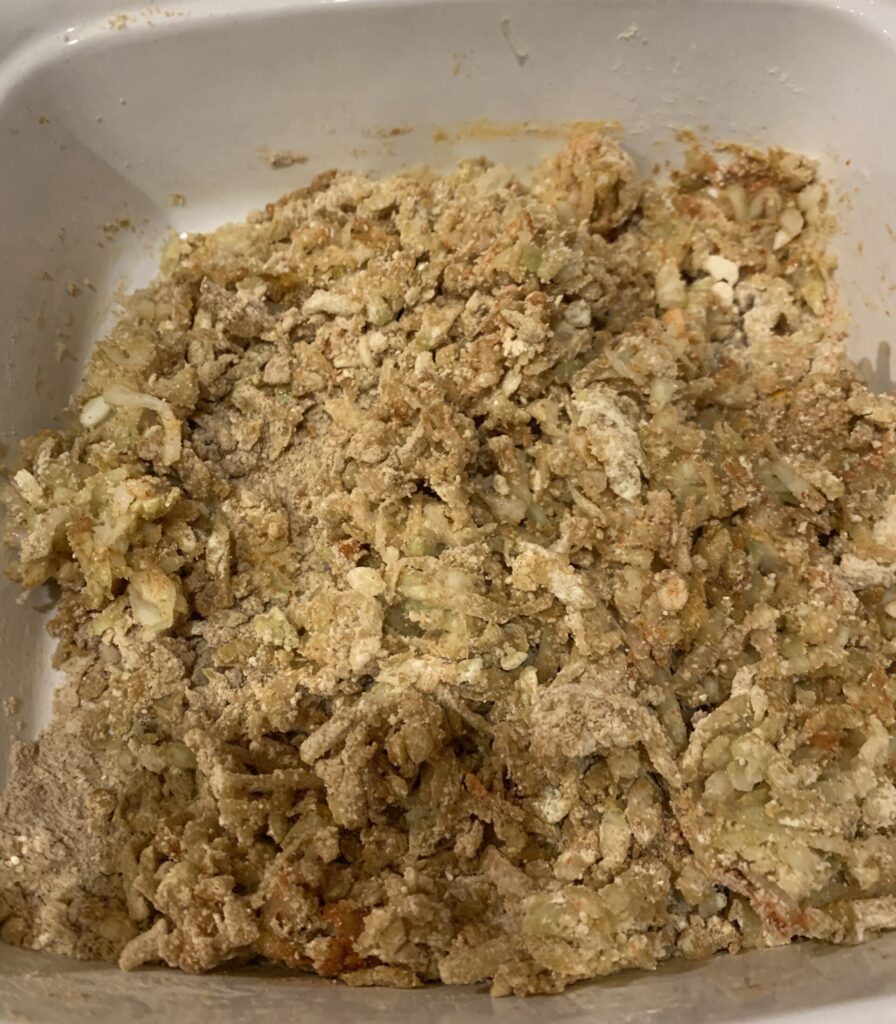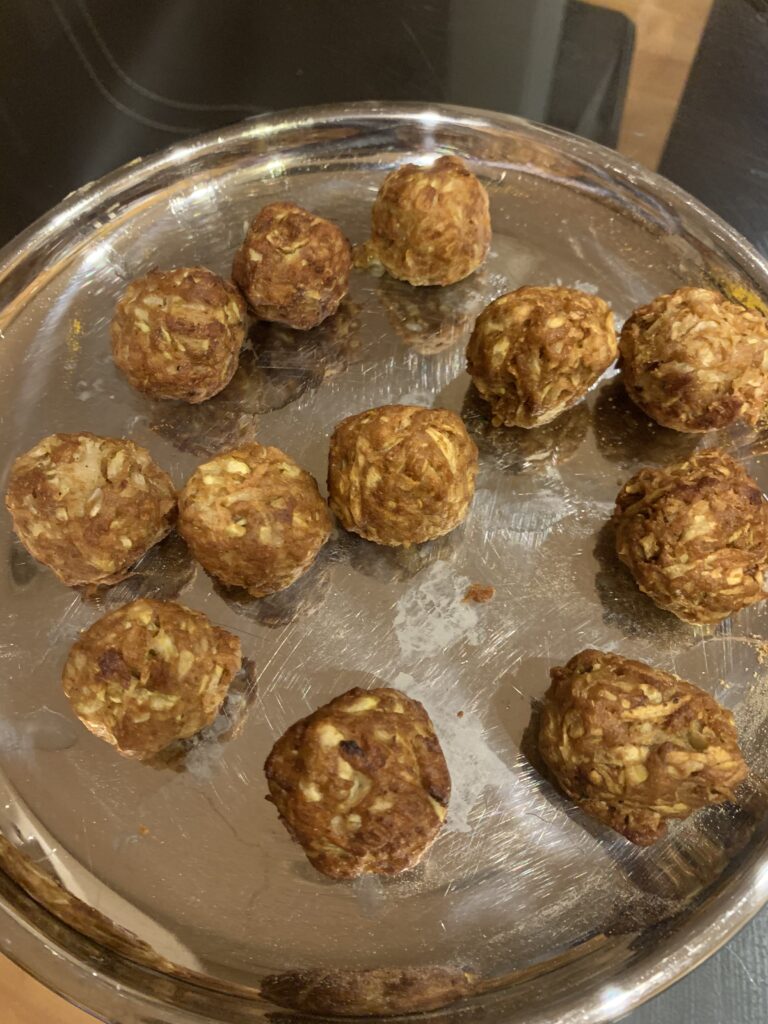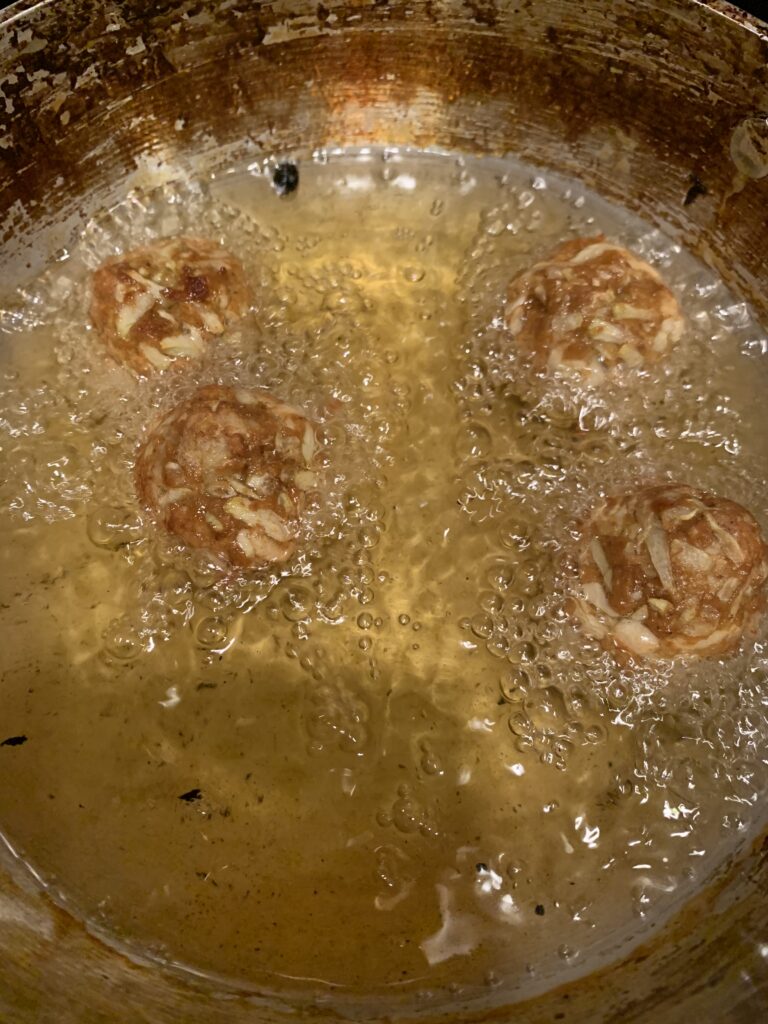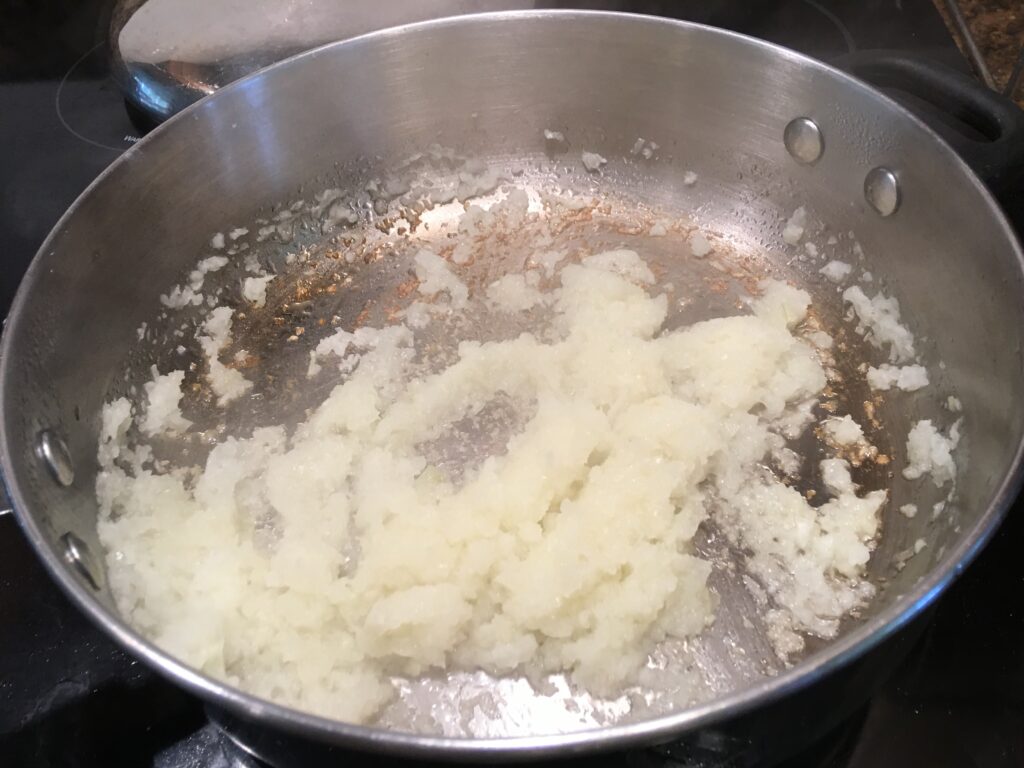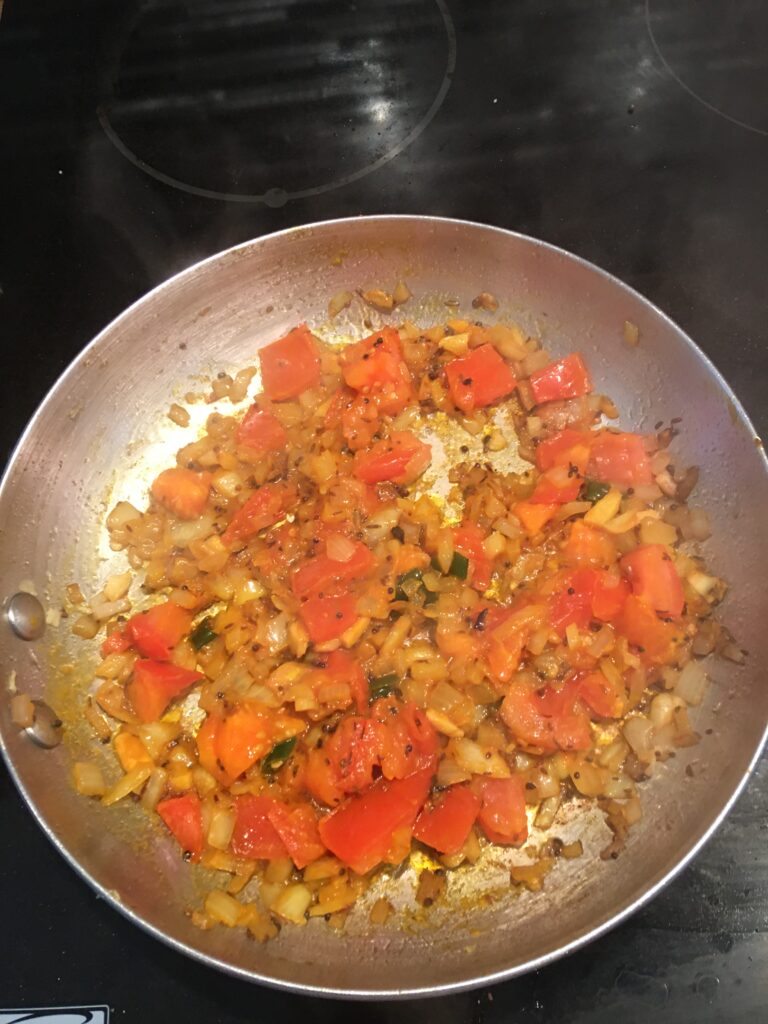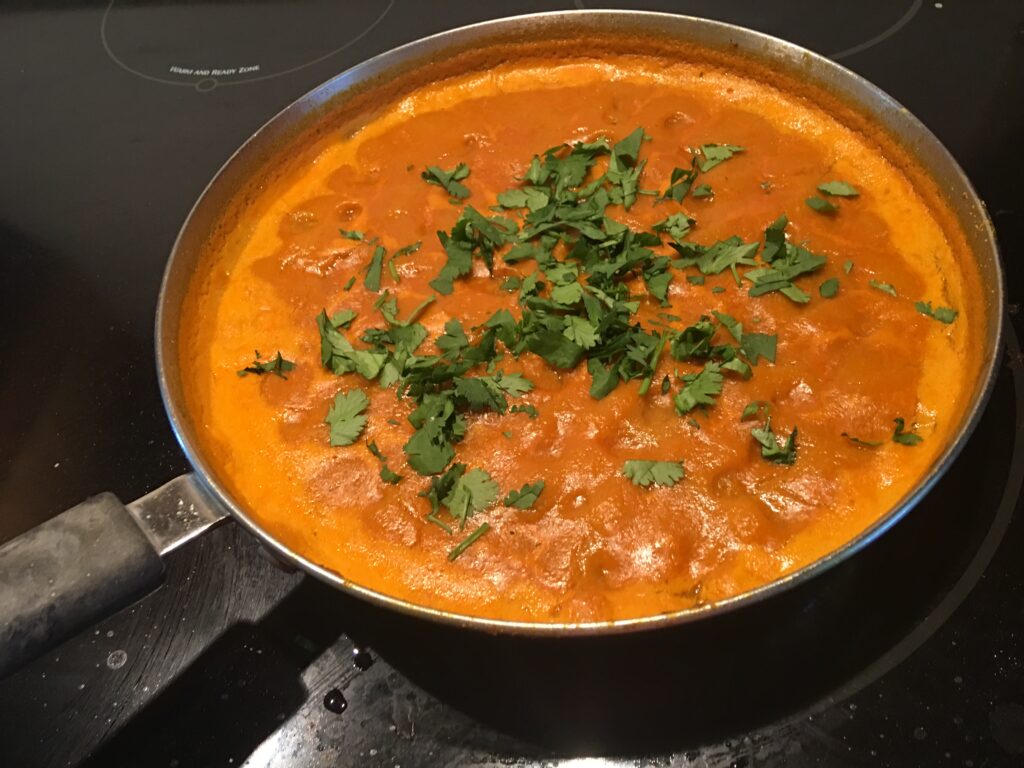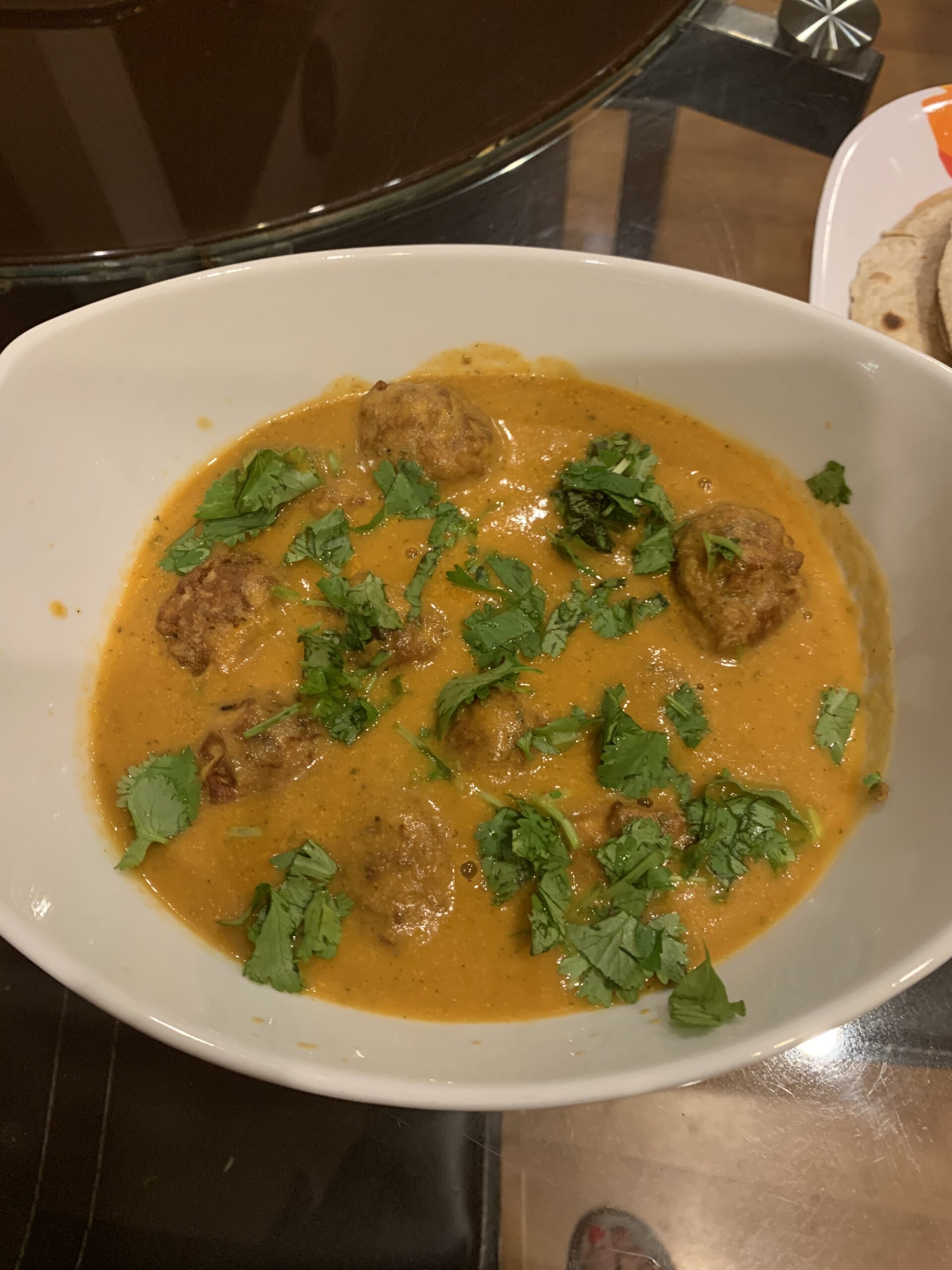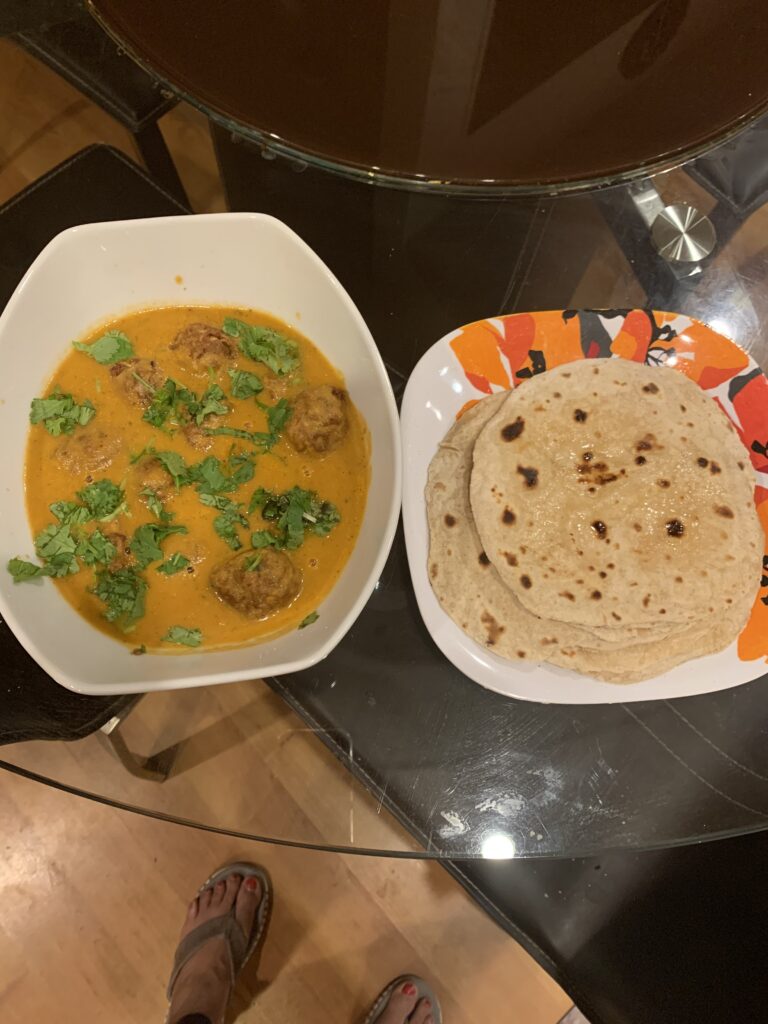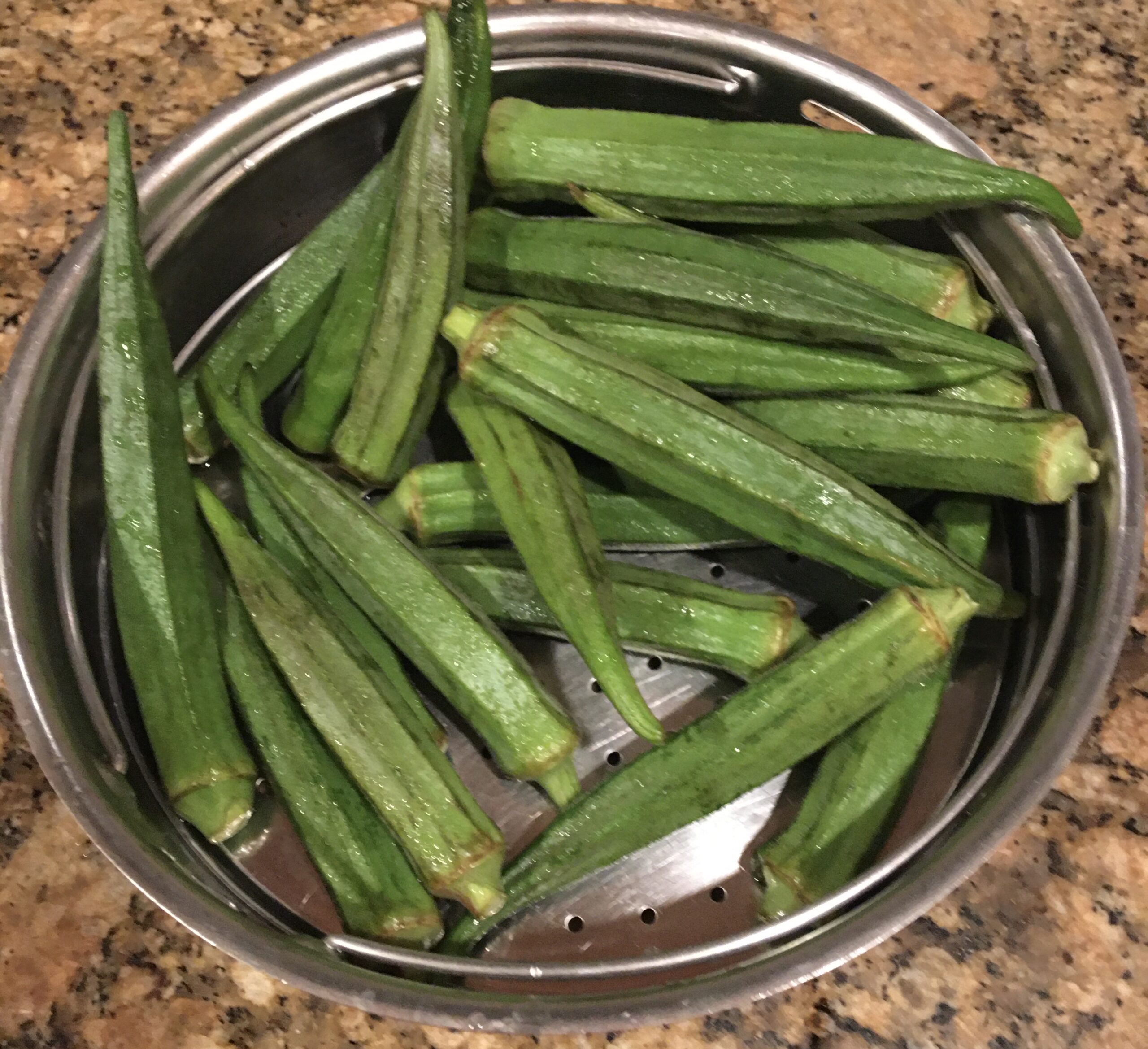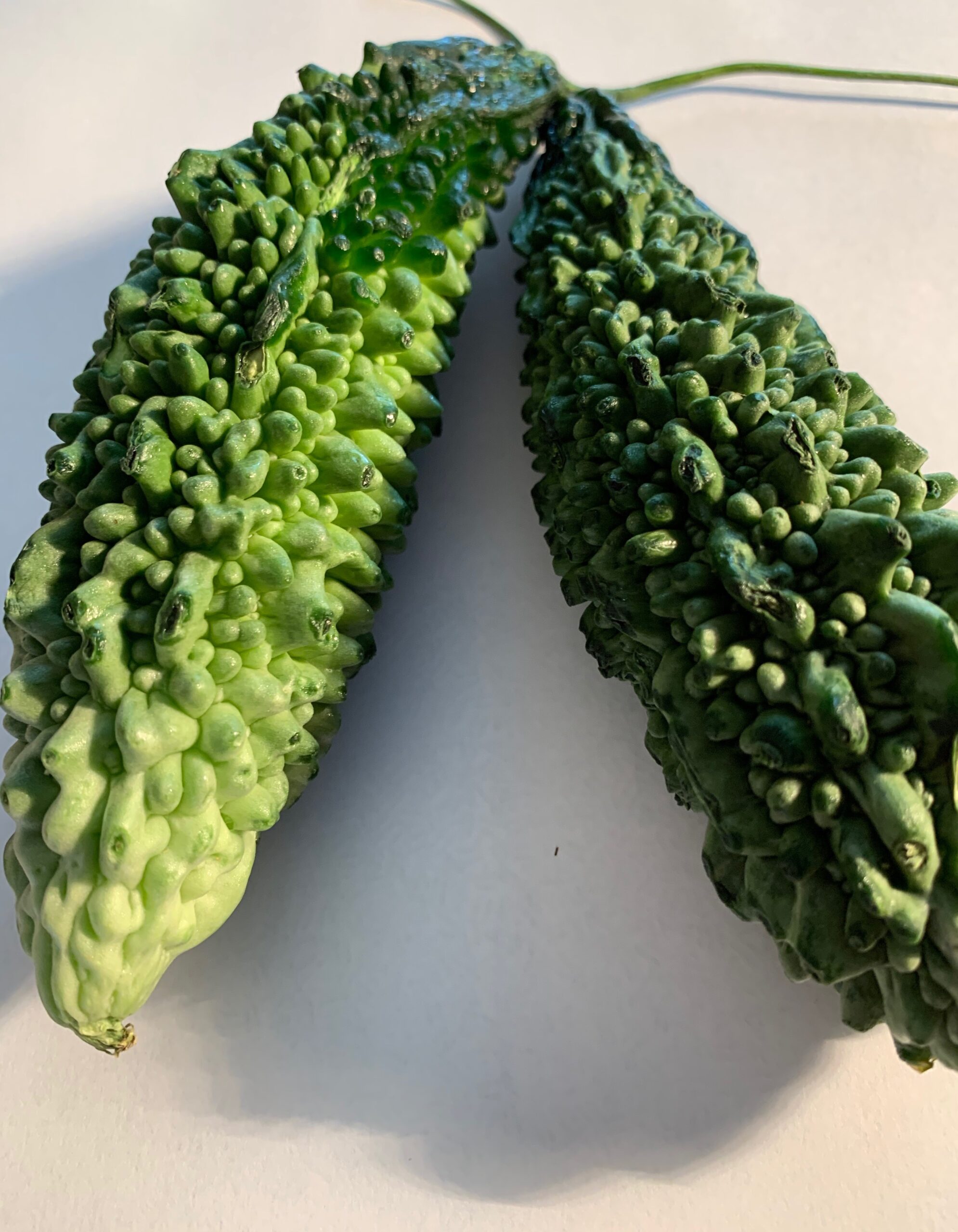Bottle gourd a.k.a. calabash /opo squash (Scientific name-Lagenaria Ciceria), is a vine grown for its fruit. It can either be harvested young for its vegetable or in the mature stage to be used as a bottle, utensil, or pipe. It is grown in humid weather in India, Sri Lanka, Indonesia, Malaysia, China, Philippines, tropical Africa, and S. America. It is yellowish-green in color with white spongy flesh and embedded seeds. As the fruit begins to mature, its seeds begin to grow gradually, similar to honeydew melons. When it is cooked or juiced it has proven to have sedative and Antibillious properties. Bottle gourd consumption gives a relaxed feeling.
Buying and storage: Bottle gourds come in a wide range of shapes and sizes. The fruit features oval, elongated or pear-shaped and a smooth light green skin. In the case of round or pear-shaped calabash, their surface is marked by inconspicuous ridges that run lengthwise. Ensure that the bottle gourd is pale green in color, has a smooth skin and without any cuts, spots, or blemishes. Bottle gourd can be stored in the refrigerator up to 2 weeks
History of bottle gourd: The bottle gourd is native to Africa. wild populations of the plant have been recently discovered in Zimbabwe. Two subspecies have been identified. The bottle gourd is a diploid monoecious plant of the Cucurbitaceae It has thick vines with large white flowers that open only at night. Primarily grown for the fruit, it comes in a variety of shapes which when dried forms a woody hollow vessel that is suitable for containing water and food, for fishing boats, for musical instruments and clothing. In fact, the fruit itself floats and bottle gourds with still viable seeds have been discovered floating in water some seven months later.
https://www.thoughtco.com/bottle-gourd-domesticati…
Bottle Gourd (Doodhi) Recipes
Bottle Gourd Kofta
Bottle Gourd with chickpea lentils (Kootu)
Bottle Gourd Dhokla/ Handwa/ Muthia
Bottle Gourd Halwa
Bottle Gourd Kheer
Nutrition Facts of Bottle Gourd (Lagenaria Ciceraria) %DV
| GI = low GL =0 Water 96% |
Minerals | Vitamins |
| Energy 14 kcal <1% | Sodium 2 mg – <1% | Folates 6 mug – 1.5% |
| Carb. 3.39g – 2.5 % | Potassium150mg – 3% | Niacin 0.32mg – 2% |
| Protein 0.62g – 1% | Calcium 26mg – 2.6% | Pantothenic acid 0.152mg – 3% |
| Total Fat 0.02g – 0.5% | Copper 0.034 mg – 4% | Pyridoxine 0.04mg – 3% |
| Cholesterol 0mg – 0% | Iron 0.2mg – 2.5% | Riboflavin 0.022mg – 2% |
| Dietary Fiber 0.5 g – 1% | Magnesium 11mg – 3% | Thiamin 0.029mg – 2.5% |
| Manganese 0.089mg – 4% | Vitamin A 16 IU – 0.5% | |
| Phosphorous 13mg – 2% | Vitamin C 10.1 mg – 17% | |
| Selenium0.2mg < 1% | ||
| Zinc 0.7mg – 6.5% |
(Source: USDA National Nutrient database) https://www.nutrition-and-you.com/bottle-gourd.html
Health Benefits of Bottle gourd
- 100g of bottle gourd has only 14 cal and 1 g of fat. It is a suitable vegetable for low-calorie diets, diabetics, and those recovering from an illness or injury.
- Bottle gourd is easy to digest with 96% water content. It quenches thirst and prevents fatigue keeping the body cool in summer months. Including a bottle gourd in the diet gives a relaxed feeling as it has sedative properties.
- Bottle gourd juice an excellent post-workout drink with a pinch of sea salt maintains the electrolyte balance in the body. It promotes weight loss, reduces blood pressure, inflammation in the liver & kidneys, and supports the urinary system like cranberry.
- Bottle gourd is rich in dietary fiber both soluble and insoluble. Helps in curing constipation, flatulence, and even relief from hemorrhoids.
- Bottle gourd exhibits antioxidant properties being rich in vitamin B & C and iron content.
- Bottle gourd regulates blood pressure and prevents the risk of heart ailments with the presence of sodium, potassium, essential minerals, and trace elements.
- Bottle gourd is recommended by Ayurveda physicians to balance the liver function when the liver is inflamed or unable to process food efficiently for nutrition and assimilation.
Spice & Herb Power
- Coriander powder good for diabetic patients. It can stimulate insulin secretion and lower blood sugar levels.
- Cumin powder: promote weight loss; cumin and lime consumption may reduce appetite and Lipolysis. A study done for 8 weeks with cumin & lime showed a reduction in BMI and total cholesterol levels in the subjects.
- Mango powder: reduces acidity, improves digestion, and enhances bowel movements with phenolic compounds which are powerful antioxidants. It controls blood pressure with potassium and diabetes by keeping a low Glycemic index and control fat levels – esp. gestational diabetes.
- Turmeric powder: Curcumin in it has an anti-cancer effect. It is able to kill cancer cells and prevent from spreading in certain cancer namely breast, bowel, stomach, and skin types.
- Red chili powder: good source of antioxidant vitamin A, flavonoids B carotene, A carotene, Lutein, Zeaxanthin, and Cryptoxanthin. They help protect the body from the injurious effect of free radicals generated during stress and disease conditions,
- Ginger: prevents cancer with Gingerol which has anti-inflammatory properties that help prevent carcinogenic activity in the colon to prevent colo-rectal cancer.
- Garlic: boosts the immune system and stimulates white blood cells (immune cells) by increasing Glutathione an antioxidant that protects immune cells from free radicals.
- Green chili: aids in digestion with fiber1.5g 3% and releases more saliva to chew the food. Being rich in vitamin C helps keep the skin glowing. Helps in weight loss by burning excess fat .
- Cilantro leaves: the leaves and stem tips are rich in antioxidant flavonoids such as Quercetin, Kaempferol, Rhamnetin, and Apigenin.
Method to make Bottle Gourd (Doodhi) Kofta
Kofta is a popular restaurant dish eaten with rice, parathas, or Naan. They are delicious vegetable balls that resemble meatballs and a good substitute for Vegans. They are made with bottle gourd, mixed vegetables, or lentils in four steps. i) vegetables are grated ii) mixed with spices + gram flour and rolled into balls iii) deep-fried in oil iv) simmered in an onion tomato gravy to make a gourmet dish.
For the Koftas
- Peel, grate bottle gourd in a food processor; squeeze juice, save.(5 min.)
- Mix squash with gram flour, bread crumbs, salt, and kofta spices.
- Shape into 1″ diameter balls. (makes 15 balls). (5 min.)
- Heat oil until medium hot; deep fry koftas until golden, in 3 batches.
- Drain on paper towels.(5 min.)
For the Gravy
- Peel, chop onions, ginger, garlic, chili; blanch tomatoes, peel skin.(5 min.)
- Heat 1 tbsp. oil, add gravy spices, chopped onions, ginger & garlic.
- Saute until the onions turn translucent. (2 min.)
- Grind sauteed onion + tomatoes in a blender with squash juice. (2 min.)
- Heat 1 tbsp oil, add ground mixture; stir until oil separates. (2 min.)
- Dilute gravy with 1 cup water; bring to a boil; (2 min.)
- Drop fried koftas in gravy and simmer. (4 min.)
- Garnish with finely chopped mint or cilantro leaves.
Shahi Koftas : (Lentils and vegetables)
Ingredients: 1 cup chickpea lentils; 1/4 cabbage; 2 carrots; 1/2 cup peas
1 green chili; 1 ” ginger; 1/2 tsp. salt
- Soak 1 cup chickpea lentils (chana dal) in 2 cups hot water for 1 hour.
- Grind drained lentils with chili, ginger,+ salt to make the batter. (5 min.)
- Grate cabbage & carrots; mix veg. with batter; roll into koftas. (5 min.)
- Heat the oil until medium hot; deep fry koftas until golden. (5 min.)
- Drain on paper towels. Follow the same gravy recipe as above.
Serve Doodhi Koftas with Quinoa, Rice pilaf, Parathas, Pooris, Pasta or Pita bread
TIPS
Time saver: Make koftas ahead and freeze or refrigerate
The tomato sauce can also be made ahead and frozen
Lauki/ Doodhi/ Soraikai=BottleGourd

